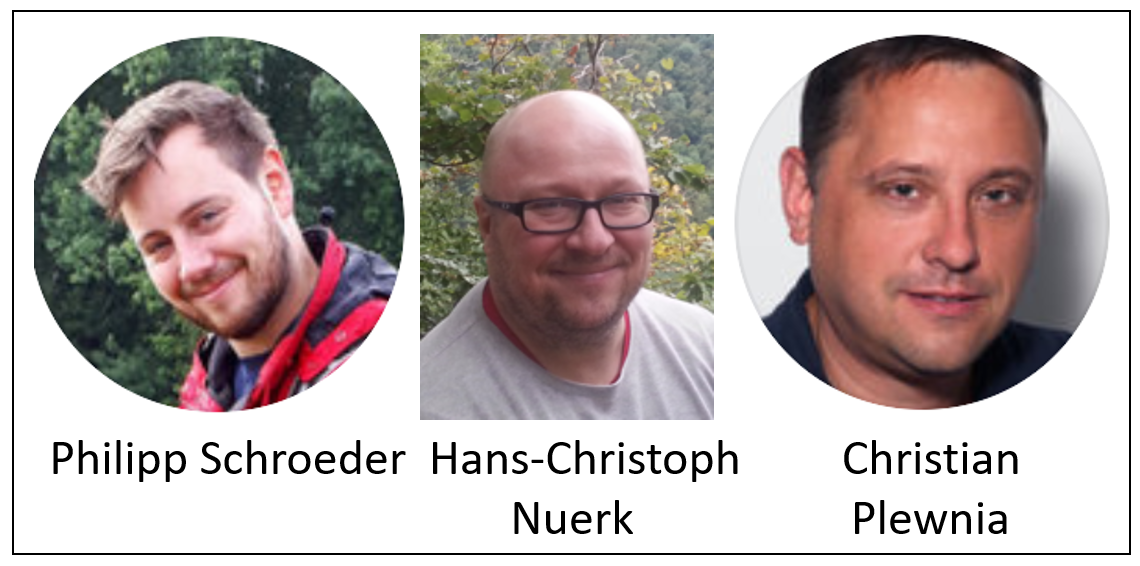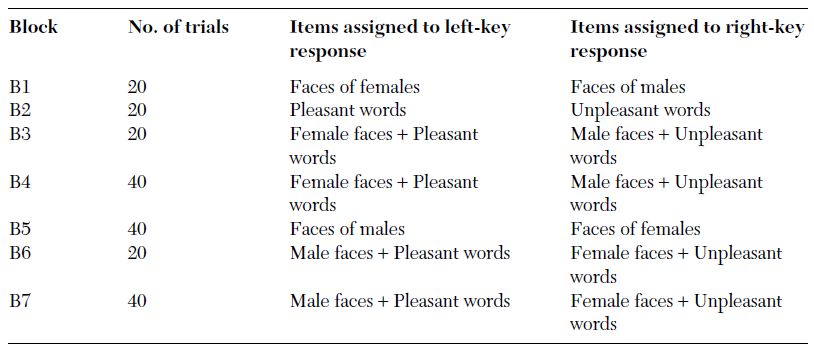Cogito ergo sum. This famous utterance by René Descartes translates into “I think, therefore I am.” Thinking is what ostensibly makes us human—quite literally so because homo sapiens means “wise man”. But do we really think (much)? If we are so wise, how come fake election news stories outperformed real news on Facebook during the U.S. presidential election in 2016? Given that falling for fake news or misinformation is associated with lack of thinking, it looks as though people often sidestep thought when processing information or making decisions.
This conclusion is, of course, not entirely new, but it calls for potential interventions that might induce a more deliberative cognitive processing.
 Enter a recent article in the Psychonomic Society’s journal Cognitive, Affective, & Behavioral Neuroscience. Researchers Philipp Schroeder, Hans-Christoph Nuerk and Christian Plewnia couched their approach within two separate traditions: Work on the implicit association test, and work involving transcranial direct current stimulation (tDCS).
Enter a recent article in the Psychonomic Society’s journal Cognitive, Affective, & Behavioral Neuroscience. Researchers Philipp Schroeder, Hans-Christoph Nuerk and Christian Plewnia couched their approach within two separate traditions: Work on the implicit association test, and work involving transcranial direct current stimulation (tDCS).
The Implicit Association Test
Schroeder and colleagues departed from the well-established proposition that much decision making involves implicit associations, for example those involved in racial stereotypes. Implicit associations have been identified in several anti-social behaviors, including stereotyping.
One problem with implicit associations is that they are implicit. How does one measure implicit attitudes if, by definition, they are not immediately accessible to conscious awareness? One very popular tool to detect implicit attitudes is the Implicit Association Test or IAT.
In the IAT, people are exposed to a sequence of 7 different blocks, each requiring a separate task, as shown in the figure below. The complexity of the procedure can be condensed into a simple logic, which is that the critical task (Blocks 3, 4, 6, and 7) requires sorting of stimulus exemplars from four concepts using just two response options. Each response option is therefore assigned to two concepts. The logic of the IAT is that this sorting task should be easier when the two concepts that share a response are strongly associated than when they are weakly associated.

In the above figure, pleasant words (“wonderful”, “glorious”) are paired with female faces in Blocks 3 and 4, whereas unpleasant words (“terrible”, “horrible”) occur with male faces. In Blocks 6 and 7, the assignment is reversed. People who associate women with positive attributes should find Blocks 3 and 4 easier than Blocks 6 and 7. Each person’s performance (measured in response time) is combined across blocks using an algorithm that is sensitive to outliers and extreme values, to compute a D-IAT score. The greater the D-IAT score, the more people exhibit an implicit association.
Transcranial Direct Current Stimulation
Transcranial Direct Current Stimulation, usually known as tDCS, involves the administration of a weak direct current to brain tissue by attaching electrode pads to the scalp. tDCS can enhance or depress the firing rates of neurons in the brain region that is being stimulated, depending on whether stimulation is anodal or cathodal. When positive stimulation (anodal tDCS) is delivered, the current causes a depolarization of the resting membrane potential, which increases neuronal excitability. When negative stimulation (cathodal tDCS) is delivered, the current causes a hyperpolarization of the resting membrane potential, thereby decreasing neuron excitability.
When tDCS is applied to the prefrontal cortex, which is widely seen to be crucial in cognitive control (as we noted previously), tDCS may modulate the extent to which implicit associations can be picked up in the IAT. At least some previous research has shown that the magnitude of an implicit racial bias is reduced in a group that receives anodal tDCS compared to a group receiving sham stimulation (i.e., a brief current that is then turned off for the remainder of the stimulation time). However, other conflicting results have also been reported.
The present study sought to reconcile or explain the differences in outcome. Schroeder and colleagues reasoned that, counterintuitively, a reduction of prefrontal activity may actually prove beneficial because it might depress the automatic circuitry that is involved in evoking implicit associations.
The present study
To test this idea, Schroeder and colleagues used a sham-controlled crossover design. That is, participants performed an IAT under two different conditions: tDCS of prefrontal cortex or sham stimulation of the same area.
The particular variant of the IAT used her involved flowers and insects as contrasting stimuli. Previous research has shown that people tend to find it easier to associate flowers with positive words than insects (and vice versa). This advantage of flower-positive over insect-positive was expected to be reduced by the cathodal tDCS which should interfere with the activation of implicit associations.
Results
The results of the study can be efficiently summarized in the figure below. When participants performed the IAT in the presence of tDCS they showed less “prejudice” against insects than when there was sham current.

Although this comparison required a one-tailed test to be significant, when the complex pattern among raw response latencies was considered, the relevant interactions that enter into computation of the D-IAT score were highly significant. For simplicity, I do not present those interactions here.
When participants were asked after each condition to indicate whether the stimulation had been real or sham, there was very little evidence for an accurate differentiation. Participants were therefore successfully blinded to condition, and their IAT performance was unlikely to have been affected by knowledge of the experimental treatment.
The principal result, that decreasing frontal activity reduces the impact of implicit associations, meshes well with earlier research by Schroeder and colleagues involving a simpler task targeting spatial-numerical biases. In those earlier studies, participants judge whether a number is smaller or greater than 5, with the response keys being assigned differently across conditions. In such tasks, left-hand (right-hand) responses are faster for small (large) numbers, and vice versa, suggesting the presence of a tacit mapping between spatial layout and magnitude. As in the present study, cathodal tDCS reduced the magnitude of the mapping effect.
Given that implicit associations are often involved in clinically relevant behaviors, the suppression of such associations via tDCS may ultimately be put to therapeutic use. Schroeder and colleagues are planning to test clinical translations of this idea in the fields of (alcohol) addiction and eating behaviors. So stand by for more news in these pages in the future.
Psychonomics article focused on in this post:
Schroeder, P. A., Nuerk, H. C., & Plewnia, C. (2018). Reduction of implicit cognitive bias with cathodal tDCS to the left prefrontal cortex. Cognitive, Affective, & Behavioral Neuroscience, 18, 263-272. DOI: 10.3758/s13415-018-0567-7.
